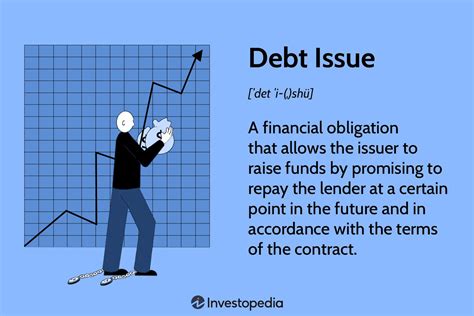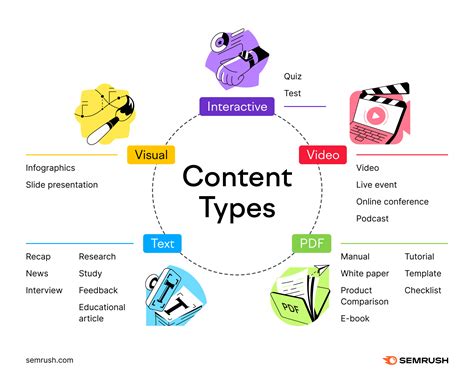Navigating personal finance can often feel like a battlefield, especially when faced with the twin challenges of high-interest debt and the urgent need for a financial safety net. For many men, the drive to secure their financial future and provide for themselves and their families is paramount. This article will outline the most effective and accelerated strategies to eliminate burdensome high-interest debt while simultaneously building a robust emergency fund, setting you on a path to true financial freedom.
Understanding the High-Interest Debt Beast
High-interest debt, typically found in credit cards, personal loans, or even some student loans, acts like a financial anchor, constantly dragging you down. The insidious nature of compounding interest means that a significant portion of your monthly payments often goes directly to interest, making it incredibly difficult to make a dent in the principal. This isn’t just a mathematical problem; it’s a psychological burden, limiting your financial choices and creating constant stress.
Recognizing the corrosive power of high-interest debt is the first step towards conquering it. It’s not just about money; it’s about reclaiming control over your financial destiny.

Your Two-Pronged Attack: Debt Elimination Strategies
To eliminate debt quickly, you need a focused, aggressive strategy. Two popular methods stand out:
-
The Debt Avalanche
This method prioritizes paying off debts with the highest interest rates first. You make minimum payments on all debts except the one with the highest interest rate, on which you throw every extra dollar you have. Once that debt is paid off, you take the money you were paying on it (minimum payment + extra) and apply it to the next highest interest rate debt. Mathematically, this method saves you the most money on interest over time.
-
The Debt Snowball
With this approach, you focus on paying off the debt with the smallest balance first, regardless of the interest rate. You make minimum payments on all other debts and direct all extra funds to the smallest one. Once that debt is paid, you roll the payment amount into the next smallest debt. The psychological wins of quickly eliminating smaller debts can provide powerful motivation to keep going.
Choose the method that best suits your personality. If you’re driven by numbers and maximizing savings, the avalanche is for you. If you need quick wins to stay motivated, the snowball might be a better fit. Many men find the snowball’s momentum incredibly empowering.

Freeing Up Funds: Fueling Your Financial Fire
To accelerate debt repayment and emergency fund growth, you need to find extra cash. This often involves a combination of reducing expenses and increasing income:
-
Aggressive Budgeting
Create a detailed budget that tracks every dollar. Use a zero-based budget approach, where every dollar has a job. This forces you to be intentional with your spending and highlights areas where you can cut back. Digital tools or simple spreadsheets can make this process straightforward.
-
Cutting Expenses
Identify and slash non-essential spending. This might mean temporarily pausing subscriptions, cooking at home instead of dining out, reducing entertainment costs, or finding cheaper alternatives for daily habits. These temporary sacrifices are investments in your financial future.
-
Boosting Income
Look for ways to bring in more money. This could involve taking on extra shifts at work, finding a side hustle (freelancing, gig economy jobs, selling crafts), selling unused items around your home, or even negotiating a raise at your current job. Every extra dollar you earn can be directly funneled towards your goals.

Building Your Financial Fortress: The Emergency Fund
While aggressively tackling debt, it’s critical not to neglect your emergency fund. This fund acts as your shield against unexpected life events—job loss, medical emergencies, car repairs—preventing you from falling back into debt.
-
The “Mini” Fund First
Before throwing every penny at debt, aim to save a “starter” emergency fund of $1,000-$2,000. This provides immediate, basic protection and a psychological win. It allows you to tackle small emergencies without resorting to credit cards.
-
Scaling Up
Once your high-interest debt is eliminated, shift your full focus to building a robust emergency fund that covers 3-6 months of essential living expenses. This money should be held in an easily accessible, liquid account (like a high-yield savings account) separate from your checking account.
The ideal strategy is often a hybrid: save your mini-emergency fund first, then aggressively attack your high-interest debt using the avalanche or snowball method. Once that debt is gone, pivot all your debt-payment efforts into fully funding your emergency savings.

Maintaining Momentum and Looking Ahead
Consistency is your most powerful tool. Celebrate small victories, track your progress regularly, and adjust your budget as needed. Financial freedom isn’t a destination; it’s a journey of continuous smart choices.
Once your high-interest debt is a distant memory and your emergency fund is fully funded, you can pivot to more advanced financial goals: investing for retirement, saving for a down payment, or starting a business. The principles of discipline and intentionality you developed will serve you well in all future endeavors.

Eliminating high-interest debt and building an emergency fund are foundational steps toward a financially secure future. By adopting disciplined strategies like the debt avalanche or snowball, aggressively freeing up funds, and prioritizing your safety net, you can swiftly transform your financial landscape. It requires dedication and smart choices, but the peace of mind and opportunities that await are well worth the effort. Take control, stay consistent, and forge your path to lasting financial strength.




